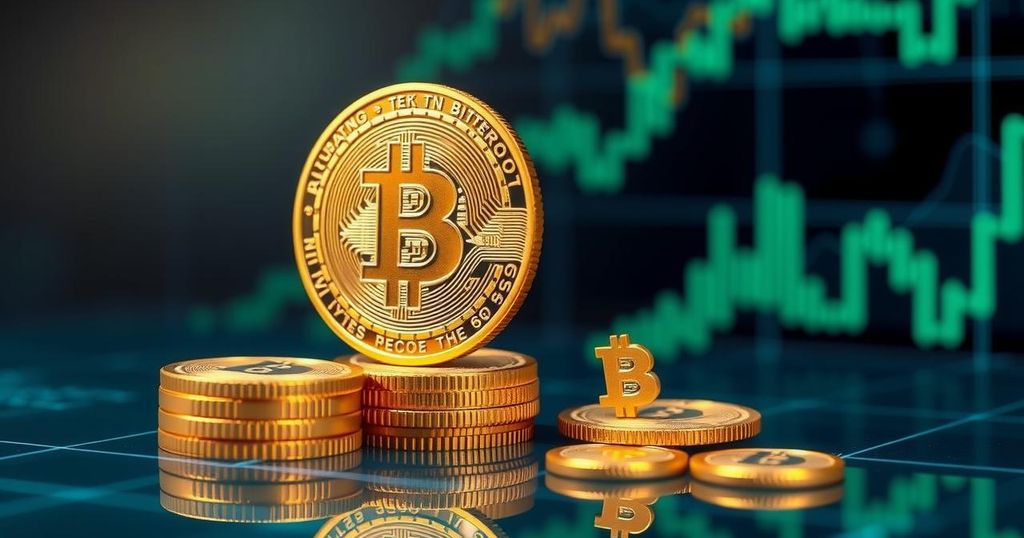Prince Filip Predicts Bitcoin Rally Amid Market Control Fears
Prince Filip of Serbia suggests Bitcoin’s price increase is being stifled by market influences, but anticipates a significant rally ahead. He cites the ‘omega candle’ concept as a catalyst for Bitcoin’s growth post-$100,000. Recently, Bitcoin’s price saw a notable uptick driven by substantial ETF inflows and macroeconomic factors, though recession fears linger, posing challenges.
Prince Filip Karađorđević of Serbia believes Bitcoin is currently facing some challenges that are holding back its price, but he sees a potential rally ahead. In a recent interview with Simply Bitcoin, he expressed concerns that market participants are exerting control over Bitcoin’s price movements. He referenced the 2021 market dynamics where similar influences suppressed Bitcoin’s rise, suggesting this could happen again in 2025. However, he remains optimistic about Bitcoin’s long-term value due to its deflationary nature.
He introduced the notion of the “omega candle,” a term popularised by Bitcoin supporter Samson Mow. Mow speculates that Bitcoin’s price will surge once it crosses the $100,000 threshold, leading to what he calls a “God candle.” This could mean daily fluctuations of $10,000 in either direction, with potential for even larger increases thereafter. Mow links Bitcoin’s anticipated growth to a growing skepticism towards traditional financial systems.
In more immediate terms, Bitcoin has bounced back with more than a 9% increase in recent days. Data from Farside Investors shows US spot Bitcoin Exchange-Traded Funds (ETFs) recorded substantial inflows, totalling over $2.2 billion just ahead of April 23. Analysts at Bitfinex noted this aligns with their expectations regarding Bitcoin’s strength compared to equities and the dollar. They also pointed to a mix of student macro insights and strong ETF adoption driving this momentum.
Looking ahead, if equity markets perform well during the earnings season, Bitcoin could see continued upward movement. However, analysts caution that ongoing macroeconomic uncertainty, particularly concerns over a potential US recession, may limit broader gains. JPMorgan’s recent assessment indicates a 60% likelihood of recession by 2025, linking this forecast to trade tensions and tariffs that threaten economic growth.




Post Comment